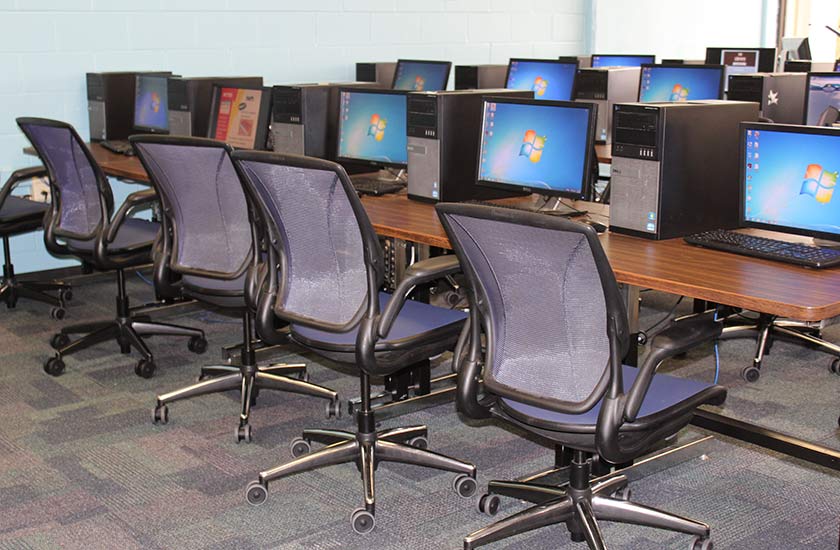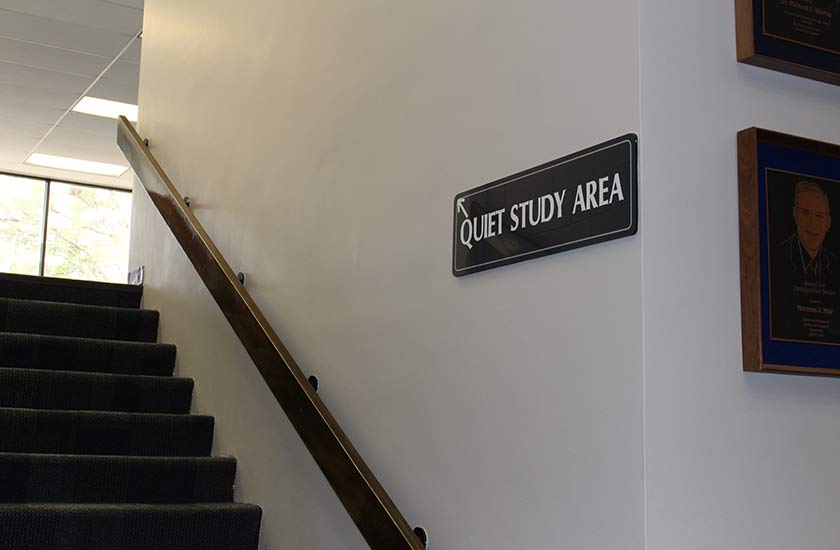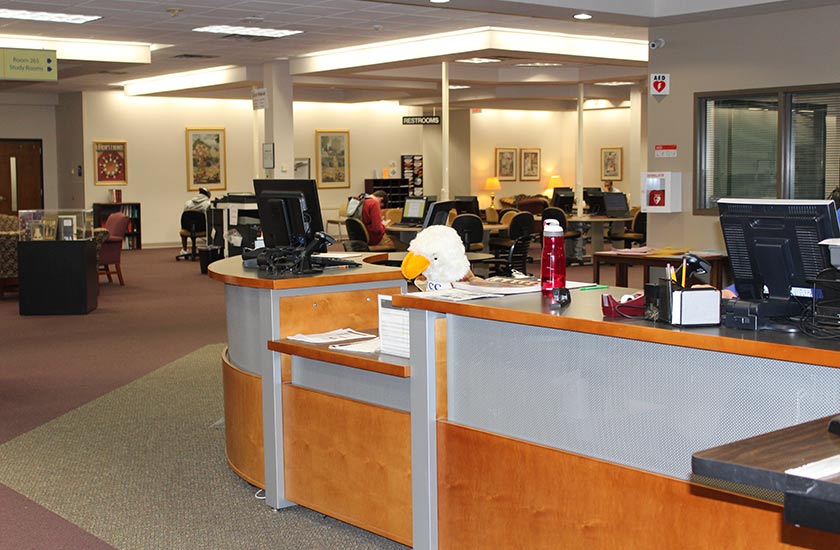
Class Preparation
Advanced preparation is helpful for many students with ASD. Create a syllabus and agenda for every library class or program, and have it available to students before class begins. If students preregister, you can send this via email for them to prepare.

Website
Take a look at your library’s website. Does it list library policies, hours of operation, and schedule of events and classes? Is there a map or floorplan so students can prepare for their library visit in advance? Anything that would help a student prepare for a trip to the library should be easily accessible on your website.

Lighting
Fluorescent lights can be a sensory challenge for students with ASD. If your library uses fluorescent lights, make sure you also provide alternative lighting options. Windows with adjustable blinds are great alternatives, as well as tables with individual lamps. Both options allow students to exert some control over their environment.

Floor plans
Where are your detailed floor plans posted? Make sure to have them at the entrance to every floor – by both elevators and stairwells. The more you can help a student with ASD know what to expect, the more successful his or her visit will be. Be sure to use as much detail as possible, and list noise expectations for each location.

Study Rooms
Can your study rooms be reserved online or over the phone? A student with ASD might appreciate knowing that a room will be available upon arrival. Additionally, make sure rules for use are clearly visible – are there time limits, noise requirements, or food policies? Make these clear.

Signage
Is your library’s signage easy to understand, or does it use library jargon? Try to simplify – many students with ASD interpret language literally. For example, use something like “checkout” as opposed to “circulation.”

Headphones
Do you provide equipment checkouts? Are headphones on that list? Headphones can be used by students with ASD to help remove sensory distractions – if you make these available to checkout or borrow, make sure this is also clearly advertised so students know about this option.

Visual Tools
Calendars and clocks help students with ASD make better sense of their environment. Take a look around – are there clocks on your library’s walls? Are they visible from any vantage point? Is your library’s schedule of events posted in a prominent location? It is a simple and cost-effective way to improve your library’s physical environment for students with ASD.

Staff Availability
Beware of the “megadesk”! Some libraries locate many services at one service station, making students approach this desk for circulation, account help, and more. If your librarians and library staff are all behind one large, multipurpose desk, this can be intimidating – especially for students with ASD. Consider providing multiple access points at which students can approach without feeling intimidated.
